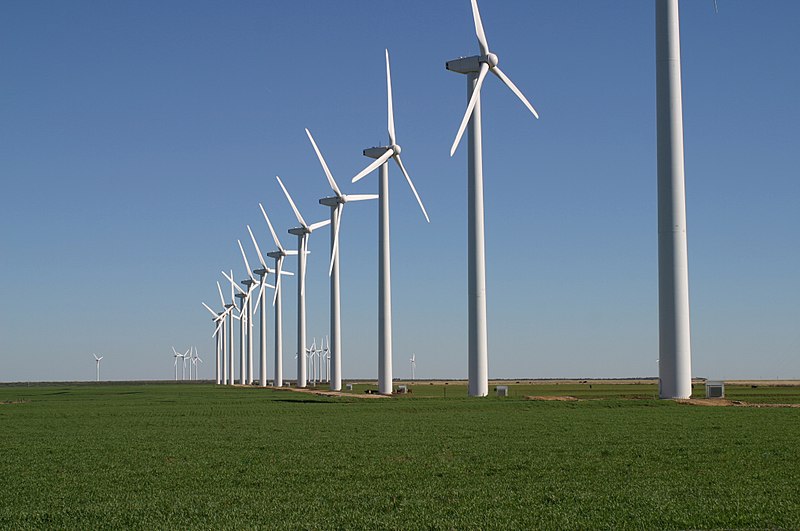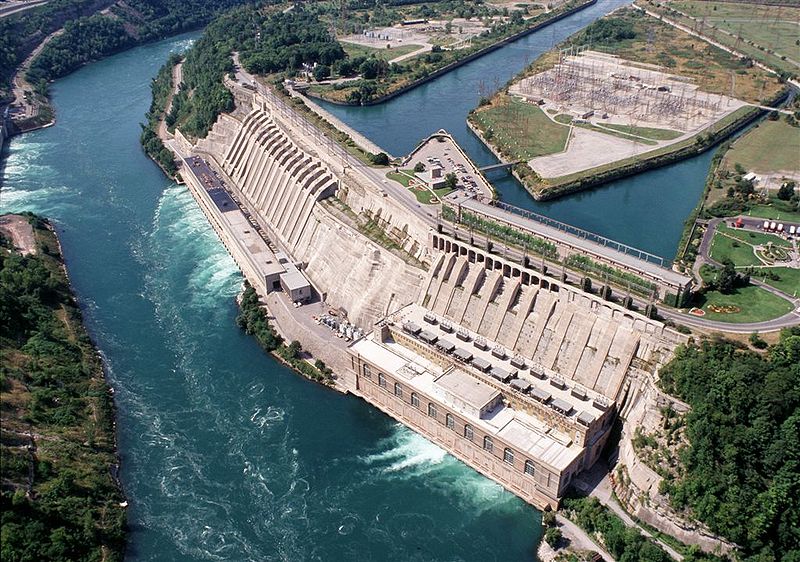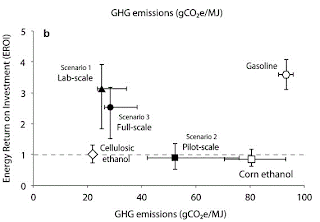 |
| Source: Flickr |
Bloomberg recently reported on an Asian Development Bank (ADB) study which suggested that regional mean temperatures in 2090 for East Asia (China, Japan, South Korea and Mongolia) could be 3.8 to 5.2 degrees Celsius higher than the 1961-1990 average. As a result, the region could be vulnerable to floods that could threaten $864 billion in assets.
Adapting infrastructure to climate change would cost the
region $22.9 billion a year in 2005 dollars in areas such as coastal
protection. Climate-related natural disasters since 1970 have cost $259 billion
to China, $64 billion to Japan, $15 billion to South Korea and $2 billion to
Mongolia. It may thus make economic sense for the region to embark on more
adaptation measures.
An interesting study was conducted by Rojelj et al (2013) to determine the probablistic cost estimates for climate change mitigation. At present global carbon prices of less than US$1 / tCO2e, the likelihood of limiting warming to less than 2 degrees Celsius is almost zero. However, imposing a carbon price of about US$20/ tCO2e would increase the probability of staying below 2 degrees Celsius to about 50%.
 |
| Source: Rojelj et al (2013) |
 |
| Source: Rojelj et al (2013) |










